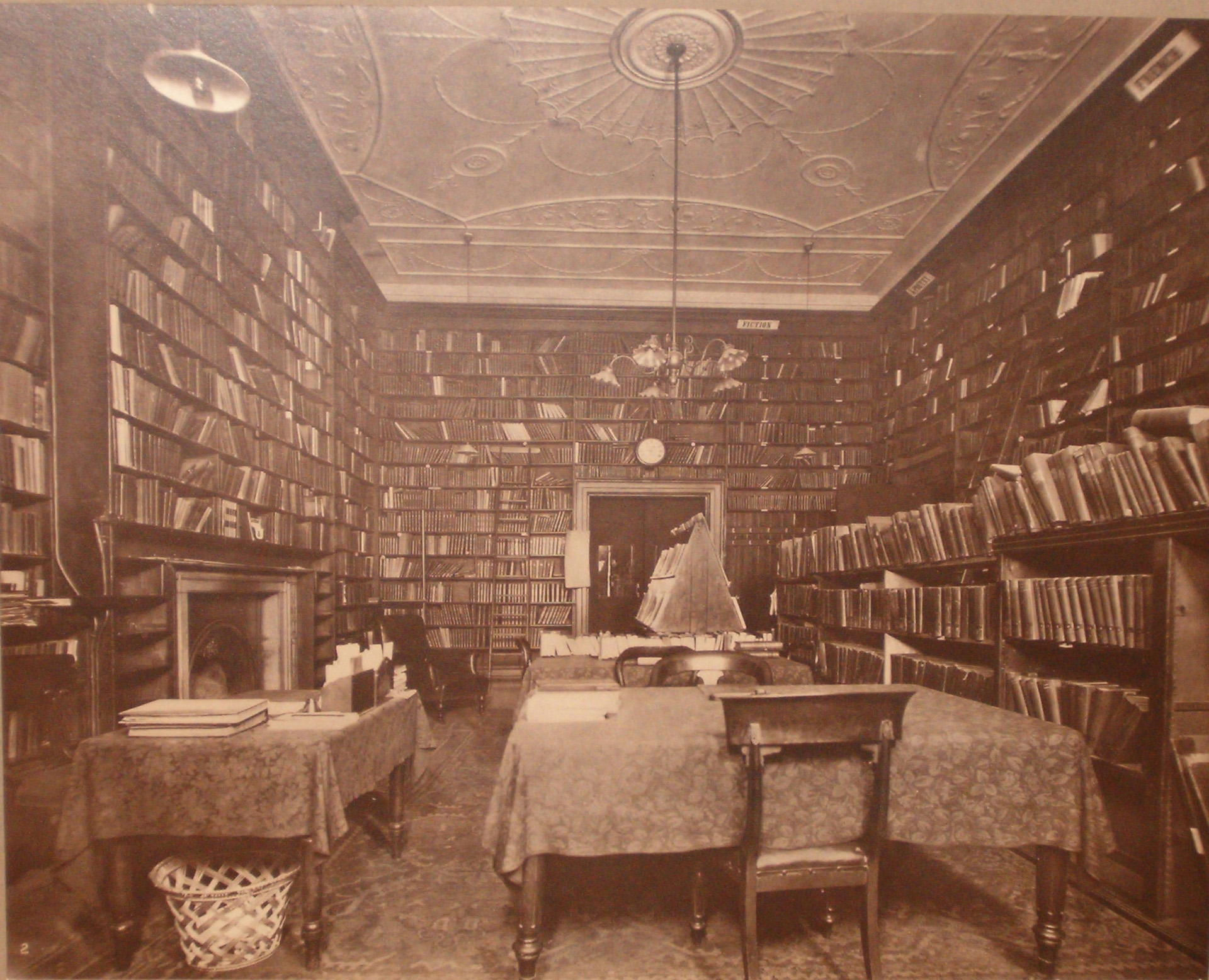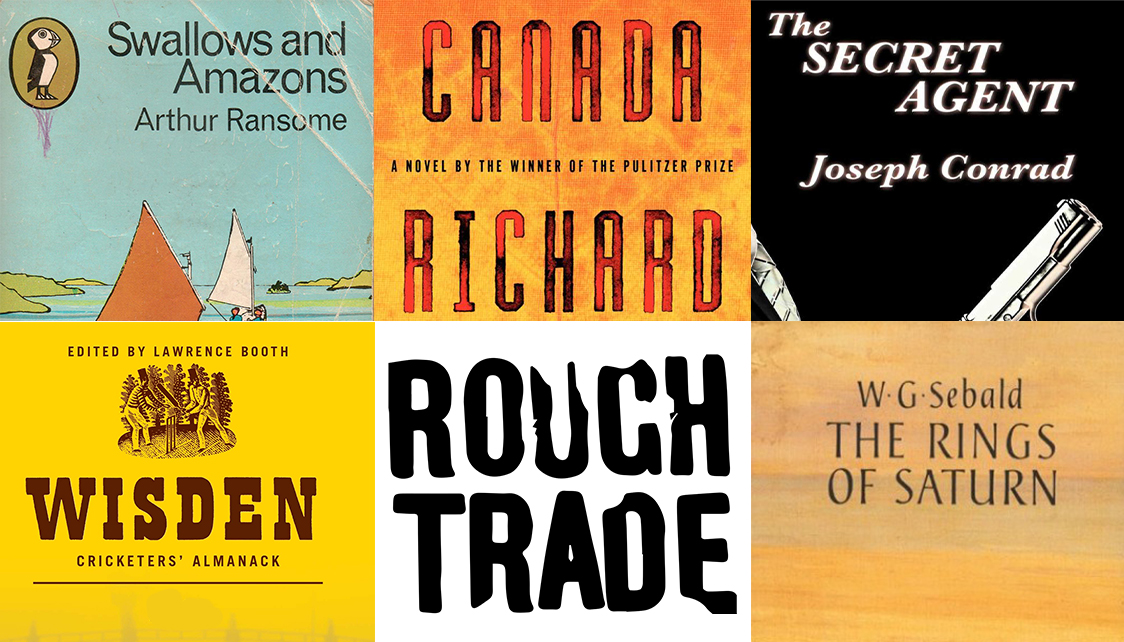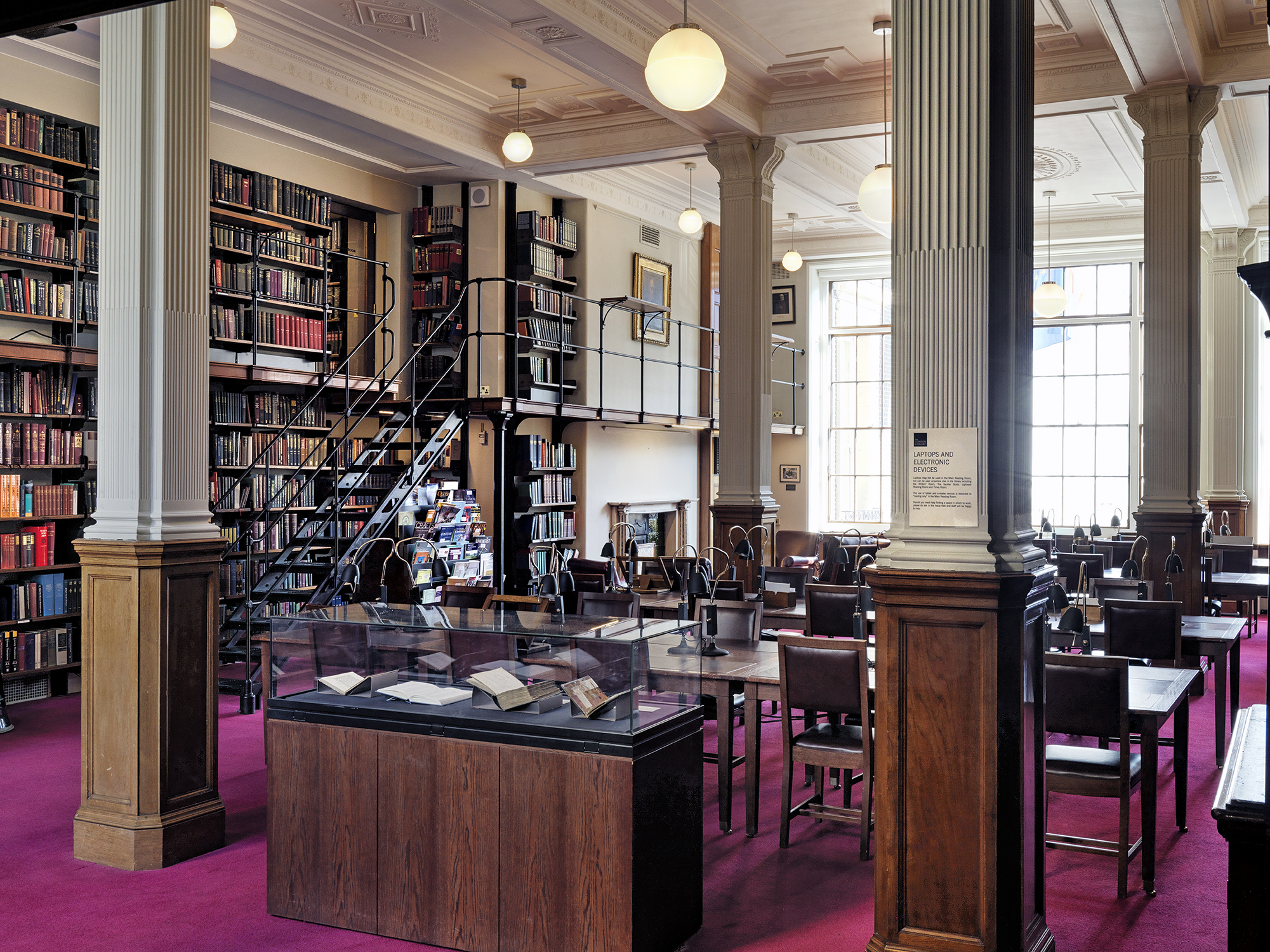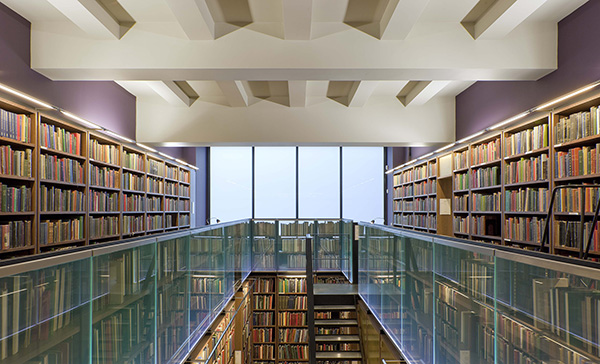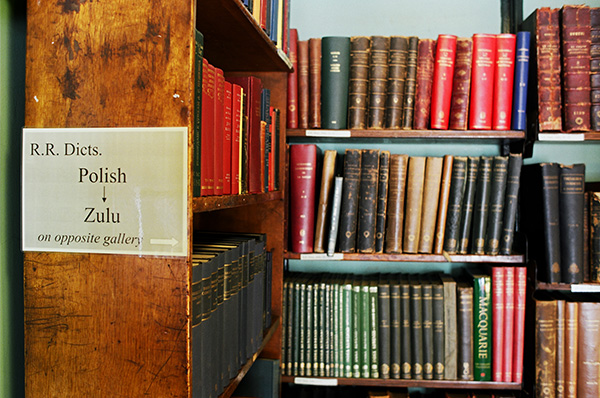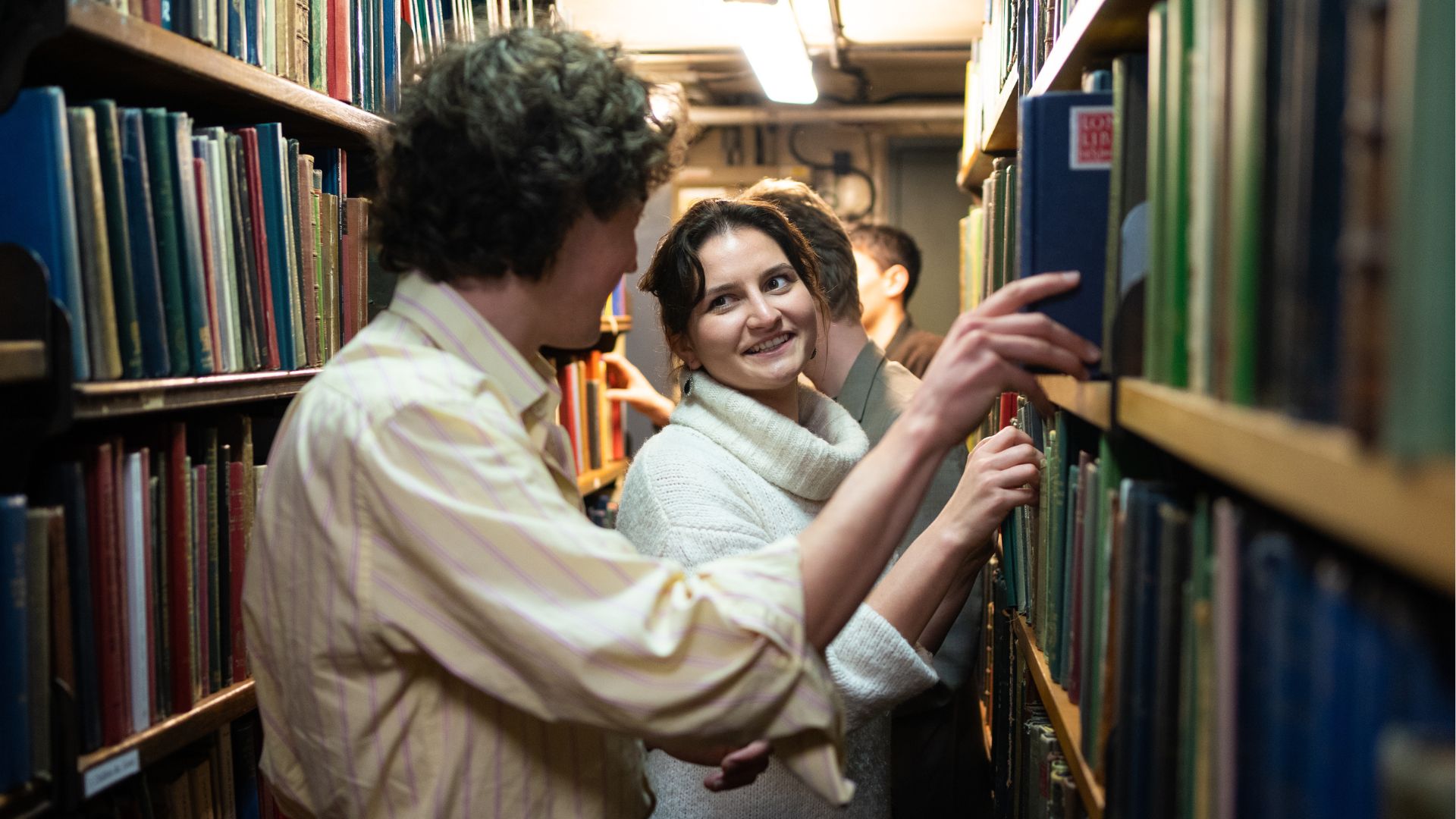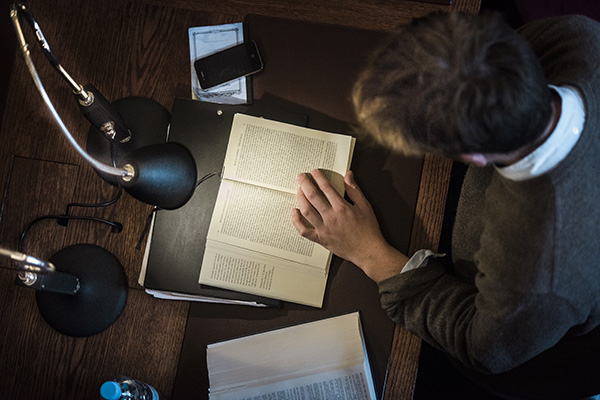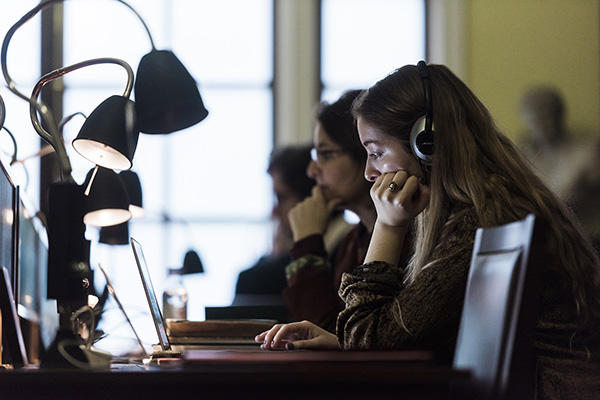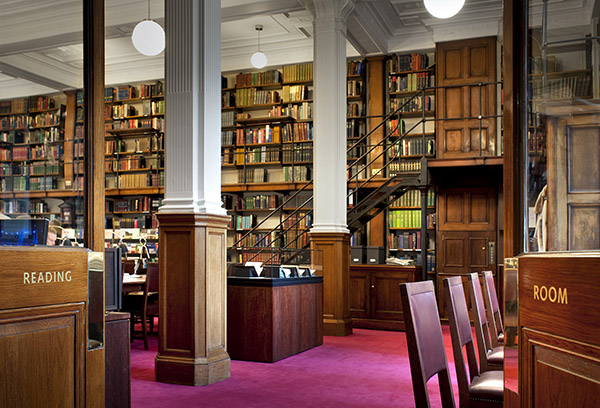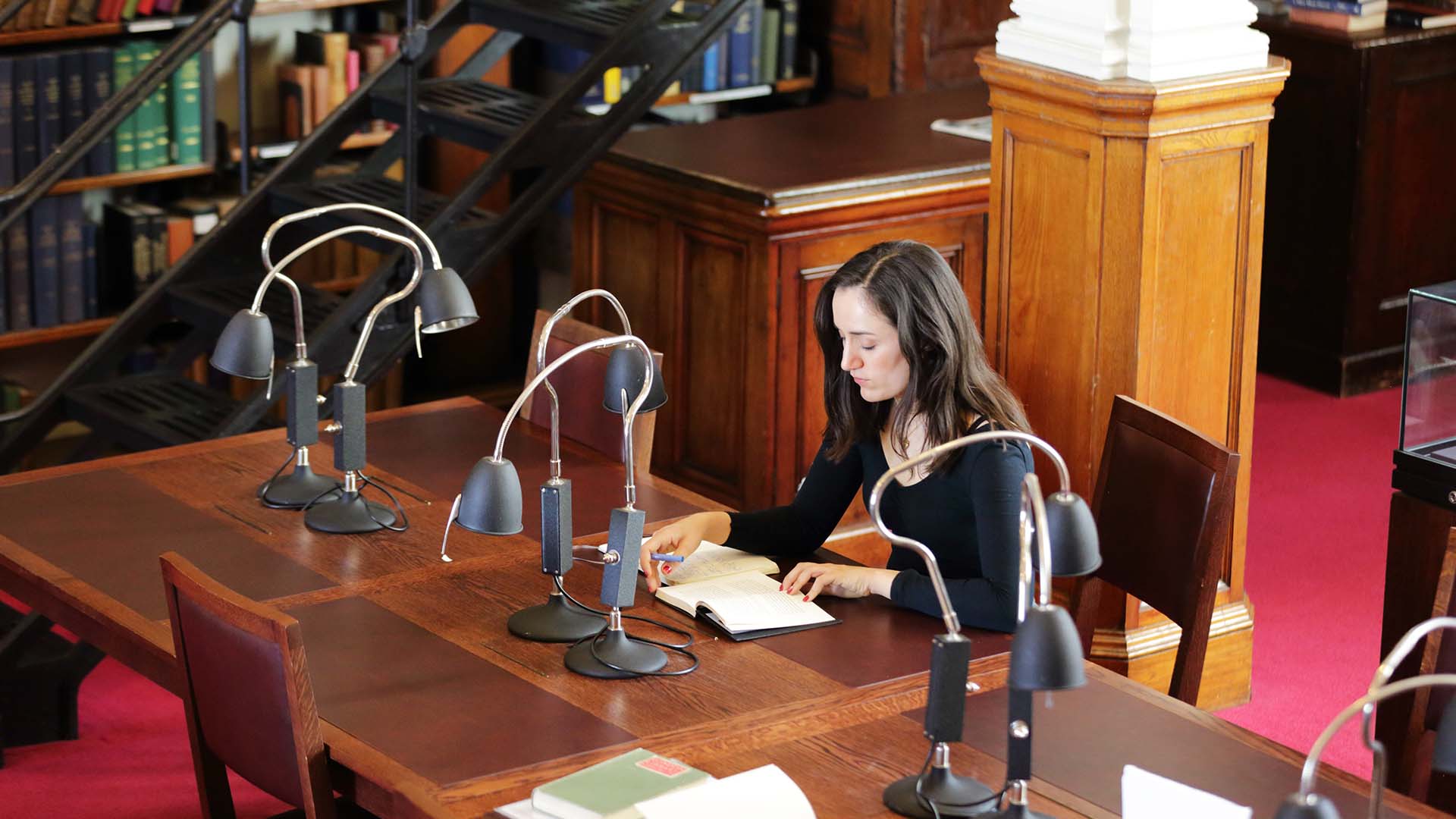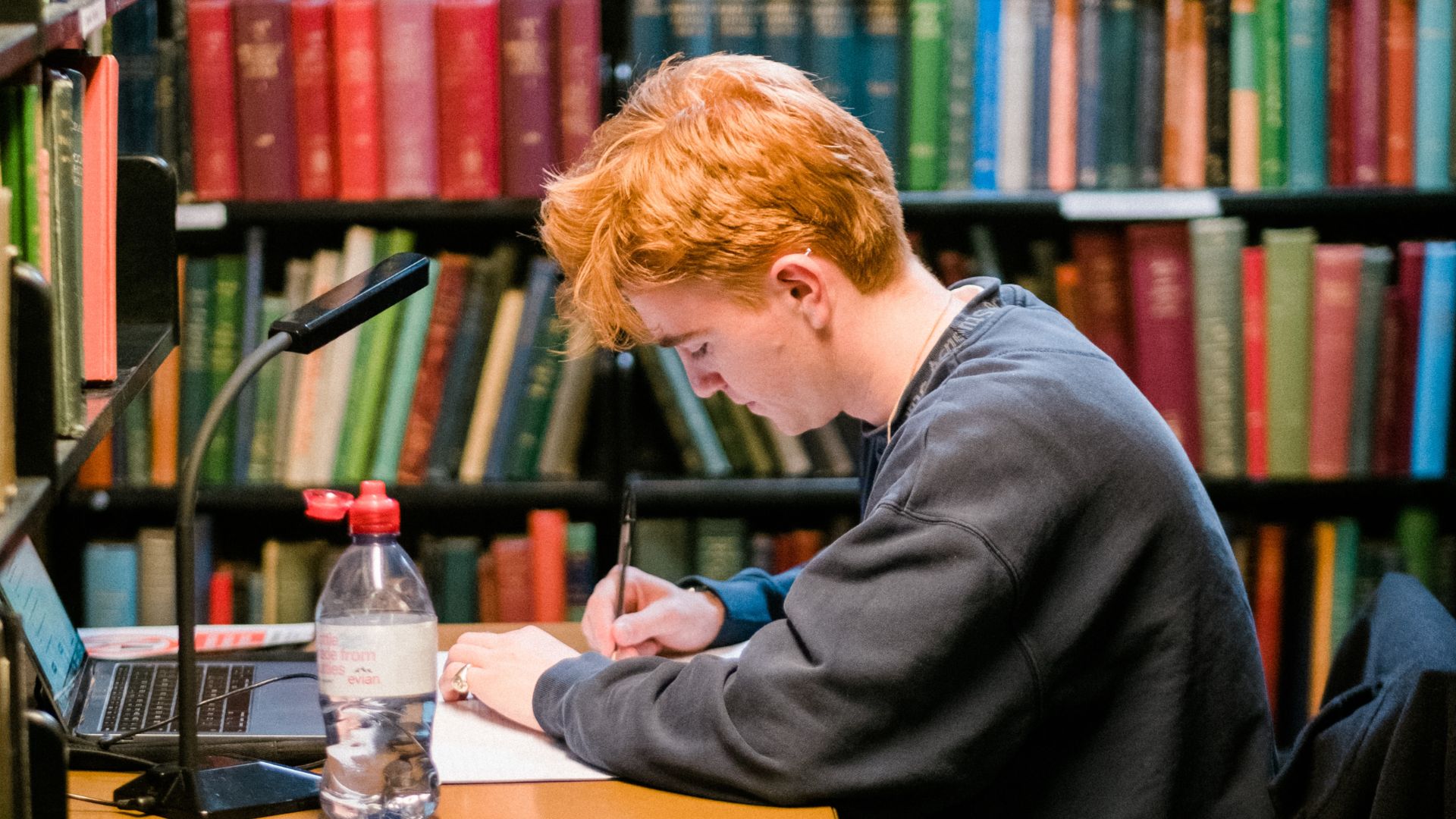Our building may be closed but with postal loans and our online collection reaching out across the world, and with our members providing such fantastic support, we've got lots to celebrate as we mark our 179th birthday this Sunday.
The Library officially opened its doors on 3rd May 1841. The opening ceremony featuring many of the great literary figures who had such a strong impact on shaping its early years. Alongside founder Thomas Carlyle, was a 30 year old Charles Dickens, future Prime Minister William Gladstone and writer William Thackeray.
Reporting on the early drive to raise funds, the Times had reported "The experiment seems at least to be worth trying, and we have little doubt that it will succeed". And so it proved. With a starting collection of 2,500 books (many of them personally chosen by Gladstone, philosopher John Stuart Mill and Italian exile revolutionary Giuseppe Mazzini), the Library rapidly established itself as one of the key literary resources in London.
Its original building in 49 Pall Mall (opposite Nell Gwynne's house) had been partly chosen by Gladstone, but it had a certain notoriety, having housed Almack’s - the 18th century gambling club much enjoyed by historian Edward Gibbon, among others. The Library rented two rooms and commissioned carpenters Stevenson’s of Theobold's Road to manufacture shelves for 10,000 books. It remained the Library's home for the next four years until in November 1845 the Library moved to its current site in St James’s Square.
On opening day in 1841, Thomas Carlyle could have been forgiven for wondering if his experiment would succeed (an earlier subscription-based lending library in London had gone bankrupt in 1825). The London Library has certainly had its moments but the last 179 years have ultimately seen it become the largest independent lending library in the world and a unique centre of creativity and ideas.
That it has done so is in very large part owing to the unstinting support of its members. As we negotiate the travails of lockdown, that support is as strongly in evidence today as it ever has been. With our birthday approaching, this is very much something for us to celebrate.
The London Library is delighted to be taking part in the BBC's Big Book Weekend with an exciting event featuring Sir Tim Rice and Daniel Hahn at 10am on Sunday 10 May.
The Big Book Weekend is a three-day virtual book festival that brings together the best of the cancelled British literary festivals, with a range of events 'presented' by the relevant festival, featuring the authors and other artists that would have appeared.
Sir Tim Rice, President of the London Library, is the lyricist behind some of the biggest stage and screen musicals including Jesus Christ Superstar, Evita, The Lion King and Aladdin. His collaborators have included Andrew Lloyd Webber, Alan Menken and Elton John, and he has written lyrics for acts as diverse as Elvis Presley, Placido Domingo and 10cc.
In this interview with author Daniel Hahn, he will discuss his life and career, the inspiration for his award-winning musicals, the partnerships which have underpinned his word, and what it takes to pen some of the best-known lyrics ever written.
Register online with MyVLF to watch this event and many others for free. The festival will be broadcast live between 8-10 May and once a day’s programming has finished, that day’s videos will remain online for people to catch up on.
See you there!
Episode 6: Nigel House
We hope you enjoy the latest London Library podcast featuring Rough Trade’s Nigel House.
Nigel takes us through the books that have made an impact on him throughout his life including Swallows and Amazons by Arthur Ransome, Wisden Cricketers’ Almanack, The Secret Agent by Joseph Conrad, Canada by Richard Ford and The Rings of Saturn by WG Sebald.
The London Library Podcast is a celebration of books and the ideas they inspire and a personal love letter from each guest to the books that have been most influential to them.
The London Library Postal Loans service enables members to borrow Library books from the comfort of their own homes without needing to visit the Library.
Simply browse the online catalogue for a book (or several) and select Request - Pickup location – home address and we will post them to you.
Parcels are sent by Royal Mail. Find out more about postage charges here.
How to use the Postal Loans service:
1. Log in to Catalyst
2. Browse for the book(s) you would like to borrow
3. Select ‘Request – pickup location – home address
4. Wait for your books to be delivered by Royal Mail

Of course it's not just books that are available to use at home. We also provide an extensive range of electronic resources – from JSTOR periodicals, databases and newspapers – giving members online access, from anywhere in the world, to over 25,000 academic journals and other scholarly resources.
Member Services staff are available by email to help with any enquiries you may have, please contact them on This email address is being protected from spambots. You need JavaScript enabled to view it.

